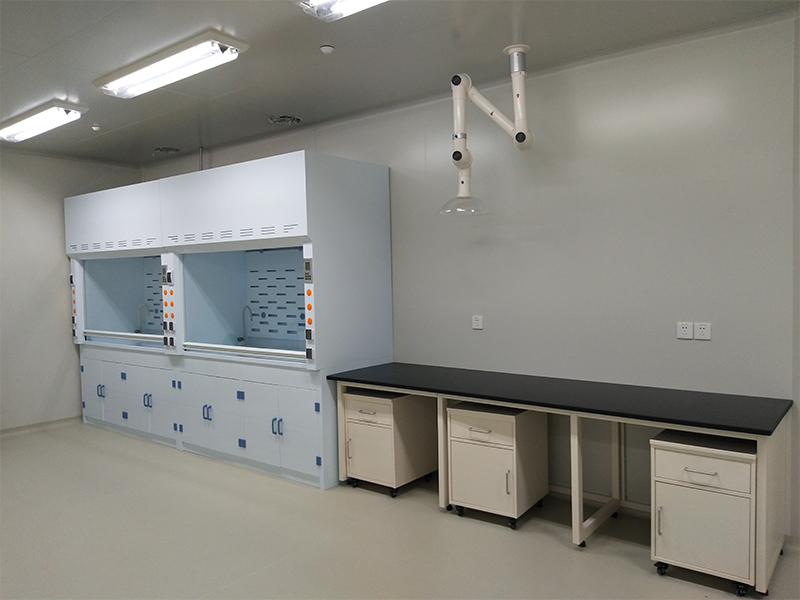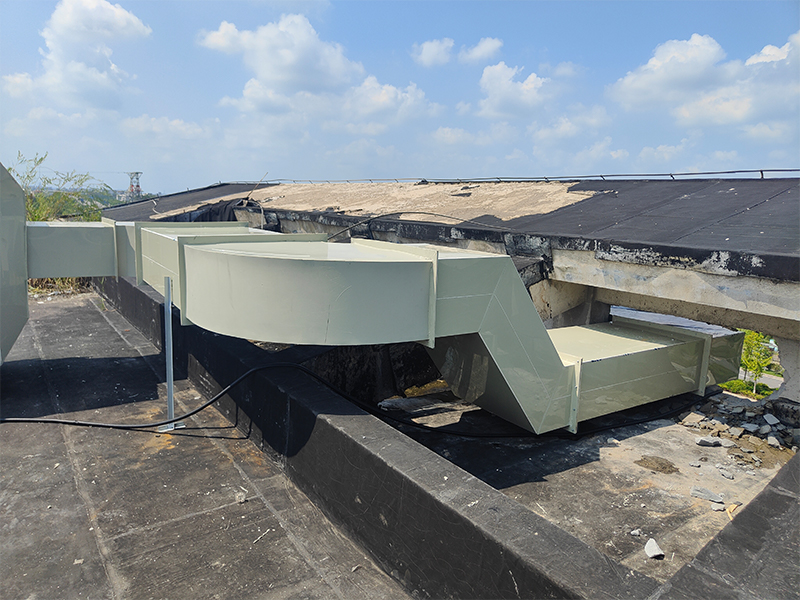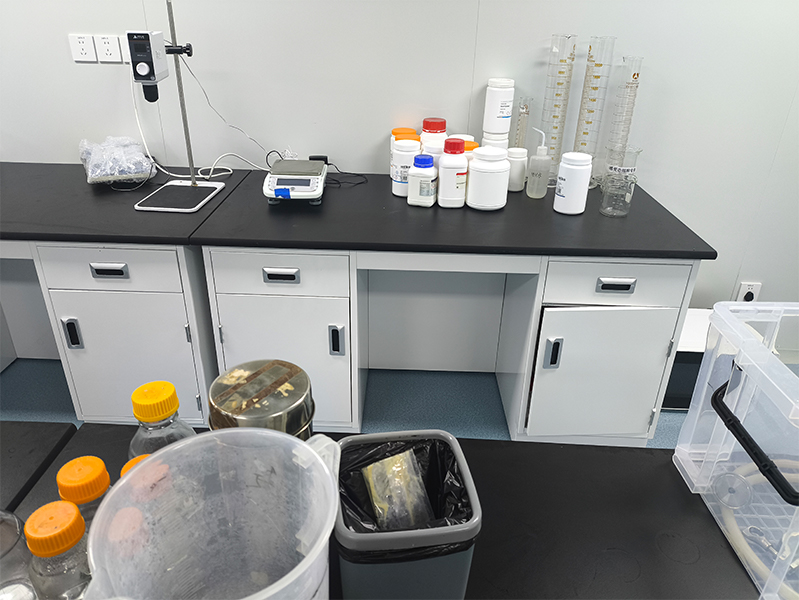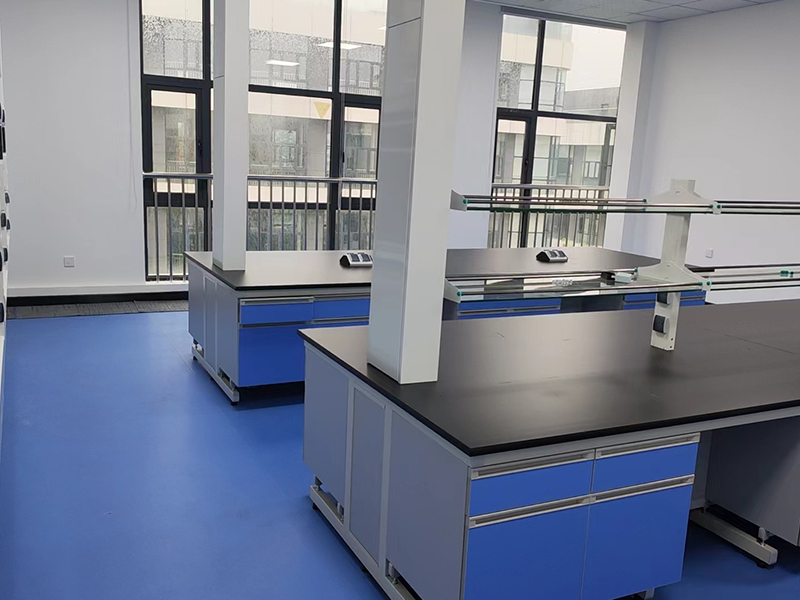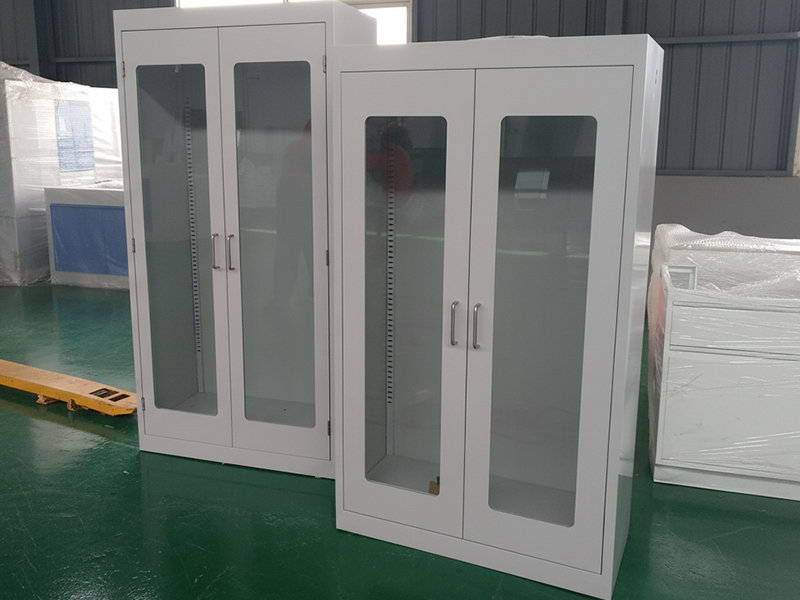Managing airflow in lab fume hoods isn’t just a technical box to check—it’s what keeps everyone safe when working with dangerous chemicals. Good airflow pulls toxic, flammable, or corrosive fumes out of the lab, protecting both people and equipment.
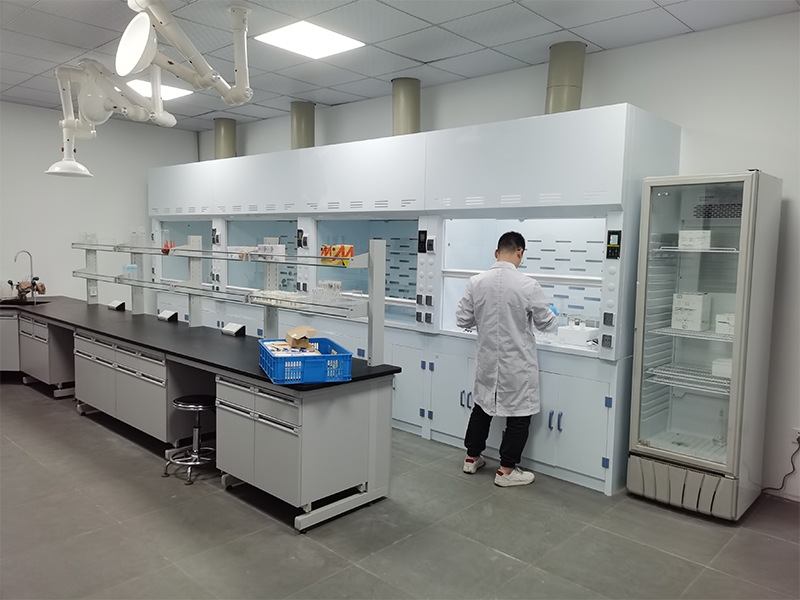
Start by figuring out how air actually moves through your hood right now. You want steady, even airflow over the work surface. If air gets patchy, fumes can leak out. That’s where variable air volume (VAV) systems come in. They automatically adjust airflow when you move the sash or change up your experiment. This setup boosts safety and keeps energy use in check.
For better containment, use adjustable baffles, keep the sash in the right spot, and add secondary barriers when you’re working with really volatile stuff. Airflow sensors, chemical detectors, and real-time monitors will let you know instantly if things aren’t safe.
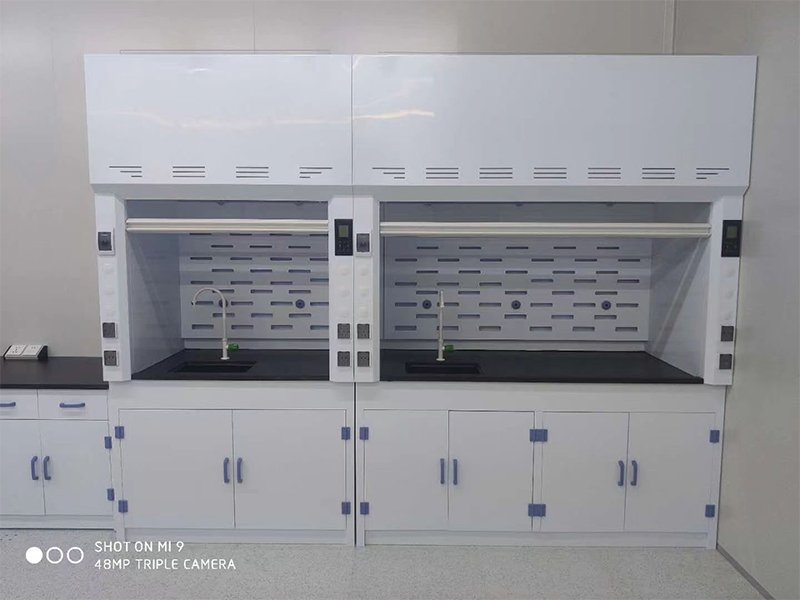
Connect everything to your lab management software, and you can track how the hood gets used, watch for wear and tear, and plan maintenance before problems start. Regularly check filters, ducts, and the mechanics so nothing slips through the cracks.
Don’t forget about your team. Everyone needs to know where the sash should sit, the right way to handle chemicals, and how to shut things down fast if something goes wrong.
When you put all this together—smart airflow, strong containment, solid monitoring, and well-trained staff—you get labs that handle hazardous experiments safely and efficiently, all while staying compliant with safety rules.
